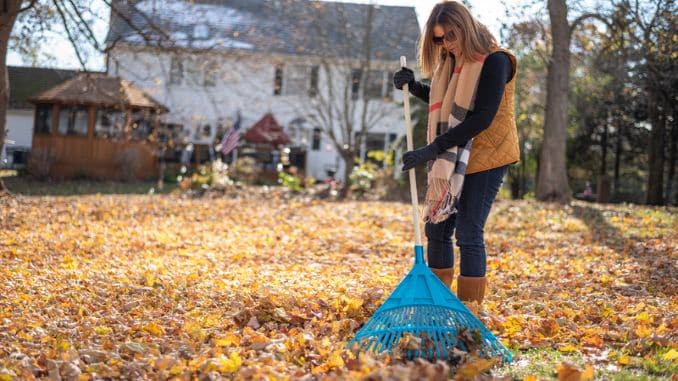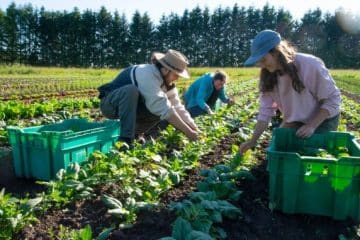With fall just around the corner, homeowners are getting ready for the raking season. Unfortunately, raking leaves is one of the most commonly neglected yard maintenance tasks and one of the most dreaded chores of the fall season, but it doesn’t have to be. By incorporating a few simple raking leaves warm-up exercises before you begin, you can make the raking leave exercises much more enjoyable and even reduce the risk of injury. Not only will you be better prepared to take on the physical challenge, but you’ll also be able to make the most of the fresh autumn air.
Nevertheless, many people continue to take their chances with raking leaves without exercising or warming up first – and the results aren’t pretty. From strained muscles and tendons to sprained ligaments and torn rotator cuffs, neglecting to warm up before beginning this type of physical activity can have severe implications for your body. So don’t let the thought of raking leaves discourage you—with a few simple raking leaves warm-up exercises, you can make the chore much more manageable and enjoyable.
Why Warming-up
They help your body stay limber, flexible, and active. When your muscles are cold, they are much less flexible and tenser. As your muscles get warm, they become more flexible, which is good. Furthermore, your tendons, ligaments, and joints are much less flexible when cold. They become more flexible as they get warm, which is also a good thing. You’re also more likely injured if your body isn’t friendly. Muscle tissue is more elastic when warm, which allows your muscles to contract faster. This is especially important for quick movements like dodging an oncoming ball. Warming-up exercises also help your metabolism and blood flow. They increase your body’s ability to process oxygen and nutrients. They also speed up your heart rate. Slow, deep breathing is a great way to get your body ready for exercise.
Consider the following clothing to wear.
1. Comfortable shoes.
Comfy, supportive shoes are great for maintaining blisters at bay while you’re on your feet collecting leaves.
2. Long pants
Wear long pants when collecting leaves to avoid scuffing your legs.
3. Thick socks
Long periods of standing and moving from location to location can cause blisters and scratches.
4. Gloves
Not only do gloves protect you from unpleasant surprises such as thorns and bugs, but they also help prevent blisters when using your rake.
5. Long sleeves
They help to keep you warm and protect you from insect bites.
Here are a few raking techniques to ponder.
- Stay calm while raking.
- It's best to keep the rake close to your body so you don't overextend and strain your back muscles while trying to grab faraway leaves.
- Don't turn your back as you rake up leaves around you. A disc's protective coating can be damaged by twisting, which is the most dangerous type of movement. Even a mild twisting of 2 degrees can cause damage to the fibers around the discs.
- Maintain a slight bend in your knees and keep one foot in front of the other. This posture helps distribute the weight evenly and reduces unnecessary strain on the knees and back.
- Keeping one hand on the handle, switch hands periodically to even out the burden on your shoulders and arms as you rake.
- Even when the weather is cold, you can still get sweaty and risk dehydration if you don’t keep the water flowing.
With all that lifting and bending, it can be easy to hurt your back or strain your muscles if you’re not adequately warmed up. Luckily, we have a few simple stretches and raking leaves exercises that can help reduce the risk of injury and increase your effectiveness when raking leaves.
1. Shoulder Rolls
Begin in an upright standing position with your feet shoulder-width apart, maintaining good alignment with your head, shoulders, hips, and legs. Place your hands at your sides. Engage your core. Lift your shoulders up, then roll them back until you feel resistance in your shoulder blades. Relax and repeat the movement. Start with 10 repetitions in each direction
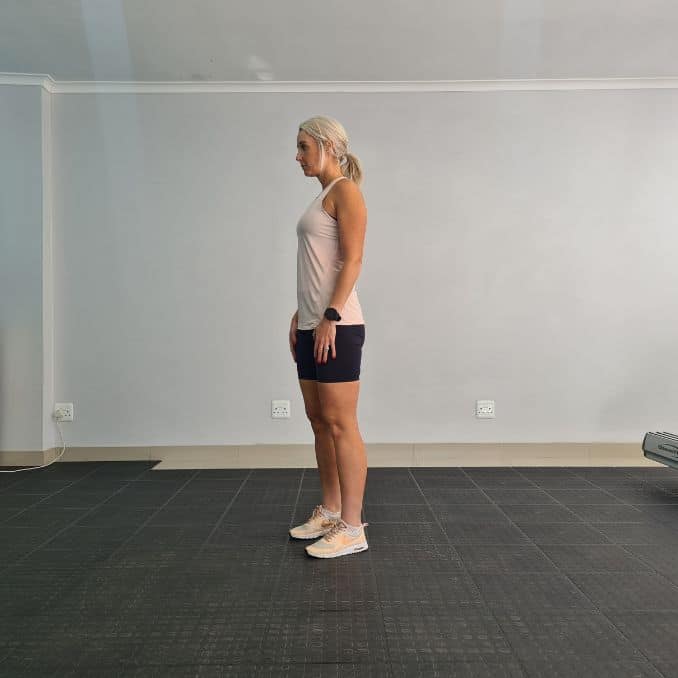 |
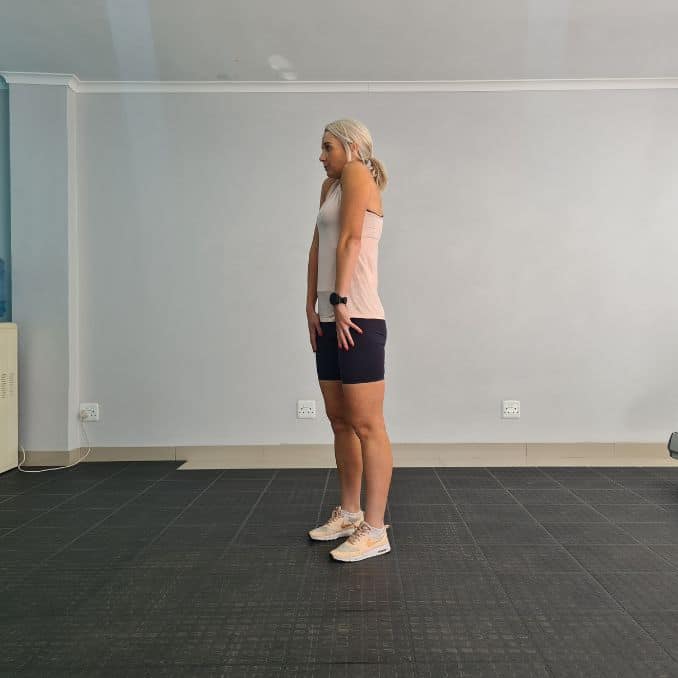 |
 |
Shoulder Rolls
2. Full Body Extension
Begin in an upright standing position with your feet shoulder-width apart, maintaining good alignment with your head, shoulders, hips, and legs. Engage your core muscles. Bend your knees and hinge through your hips to lower into a squat position, extending your arms behind your hips. Raise back up to a standing position as you lift your arms overhead, arching your back. Return to the starting position and repeat the movement.
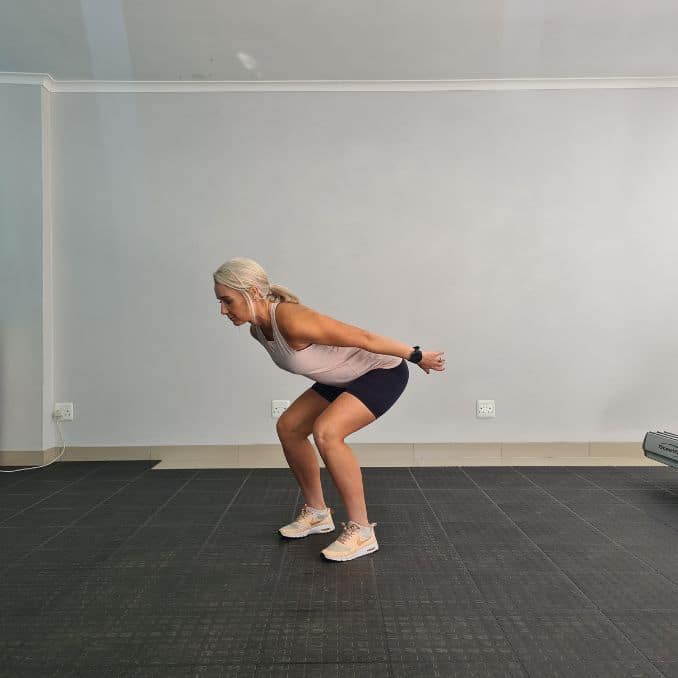 |
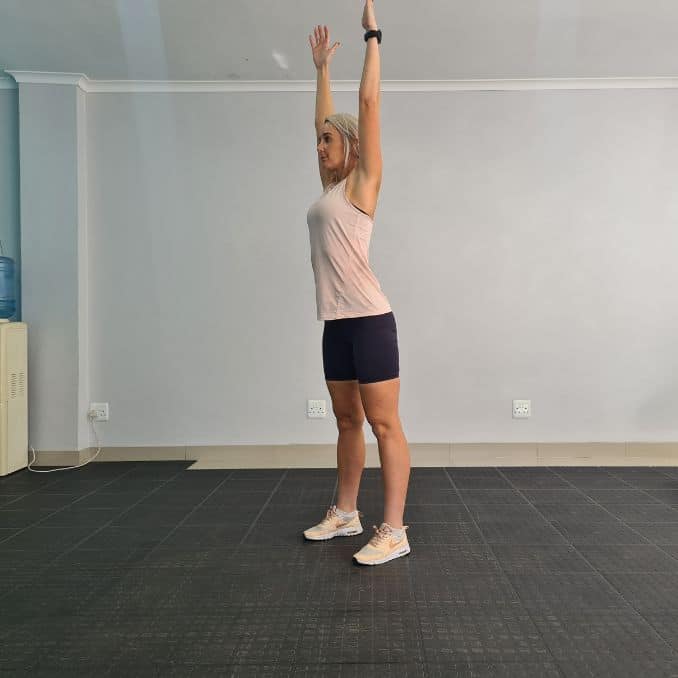 |
Full Body Extension
3. Spinal Twist
Begin in an upright standing position with your feet shoulder-width apart, maintaining good alignment with your head, shoulders, hips, and legs. Engage your core and place your left hand across your right hip and twist your upper body towards the right side placing your right hand at your back, as you look back with your gaze towards the floor while keeping your hips forward. Return to the starting position and repeat the movement on the opposite side.
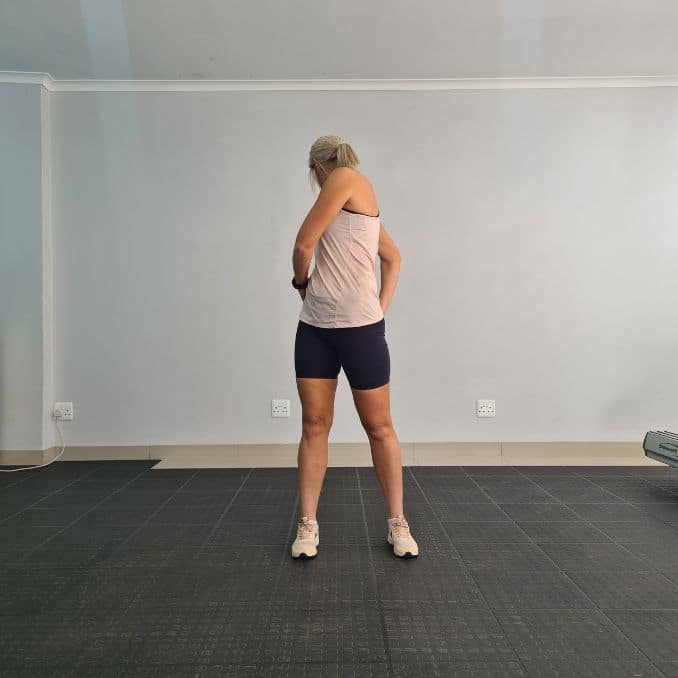 |
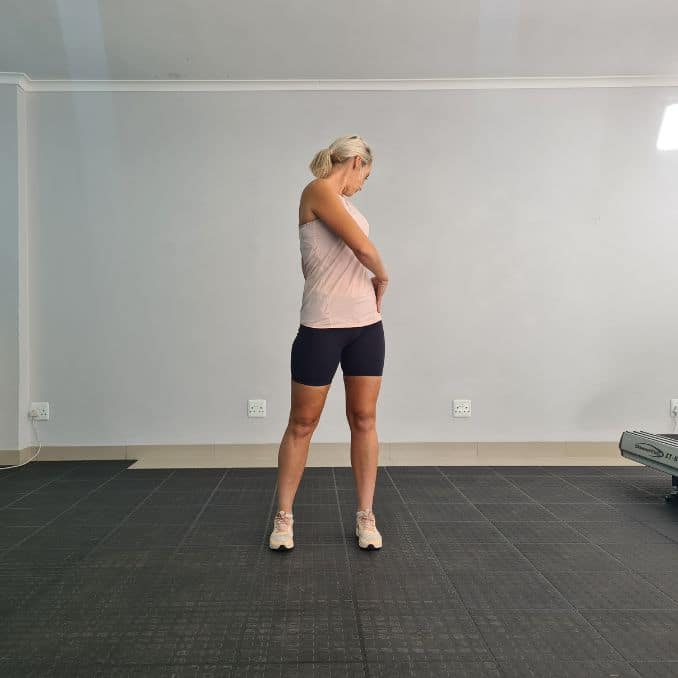 |
Spinal Twist
4. Reverse Wood Chops
Begin in an upright standing position with your feet shoulder-width apart, maintaining good alignment with your head, shoulders, hips, and legs. Step one foot forward at an angle. Engage your core and extend your arms overhead. Lower your arms back down to slightly past your hip. Repeat the movement. After several repetitions, repeat the exercise on the opposite side.
 |
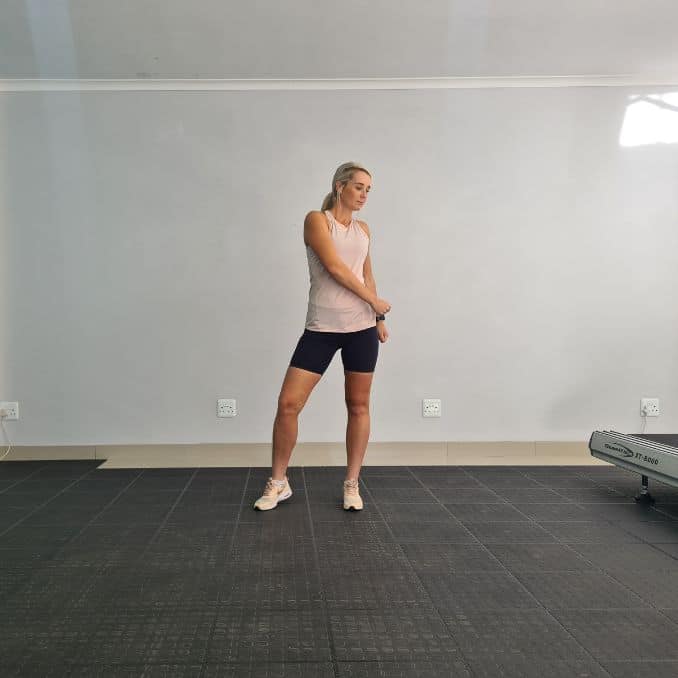 |
Reverse Wood Chops
Raking Leaves Exercises
Fall is a beautiful time of year. The leaves change colors, the air becomes crisper, and there’s no better physical workout to enjoy these final days of summer than raking leaves.
That said, raking leaves exercises can be a very strenuous activity. It’s best to avoid it if you’re elderly or have chronic conditions that make physical exertion dangerous. But if you’re young and healthy, raking leaves is a great way to exercise while taking in the sights and smells of the season. If you don’t have a compost pile or plan on bagging your leaves and throwing them away, raking is probably one of the first things that come to mind when dealing with those pesky autumn leaves. It might not seem like it at first glance, but raking leaves can be a safe task if done correctly.
Similarly, collecting leaves are prone to falling, so “stepping” is vital to avoid the fall hazard. There are several ways to prevent the fall hazard of raking leaves, like raking the leaves earlier in the day when the ground is still a bit damp (but not soaking wet) to avoid slipping and falling.
Raking leaves is a great way to keep your yard tidy and tidy yards are safer, so it’s essential to take precautions when raking, such as wearing shoes with good traction, keeping rakes away from power lines, and raking in a way that minimizes the risk of falling.

